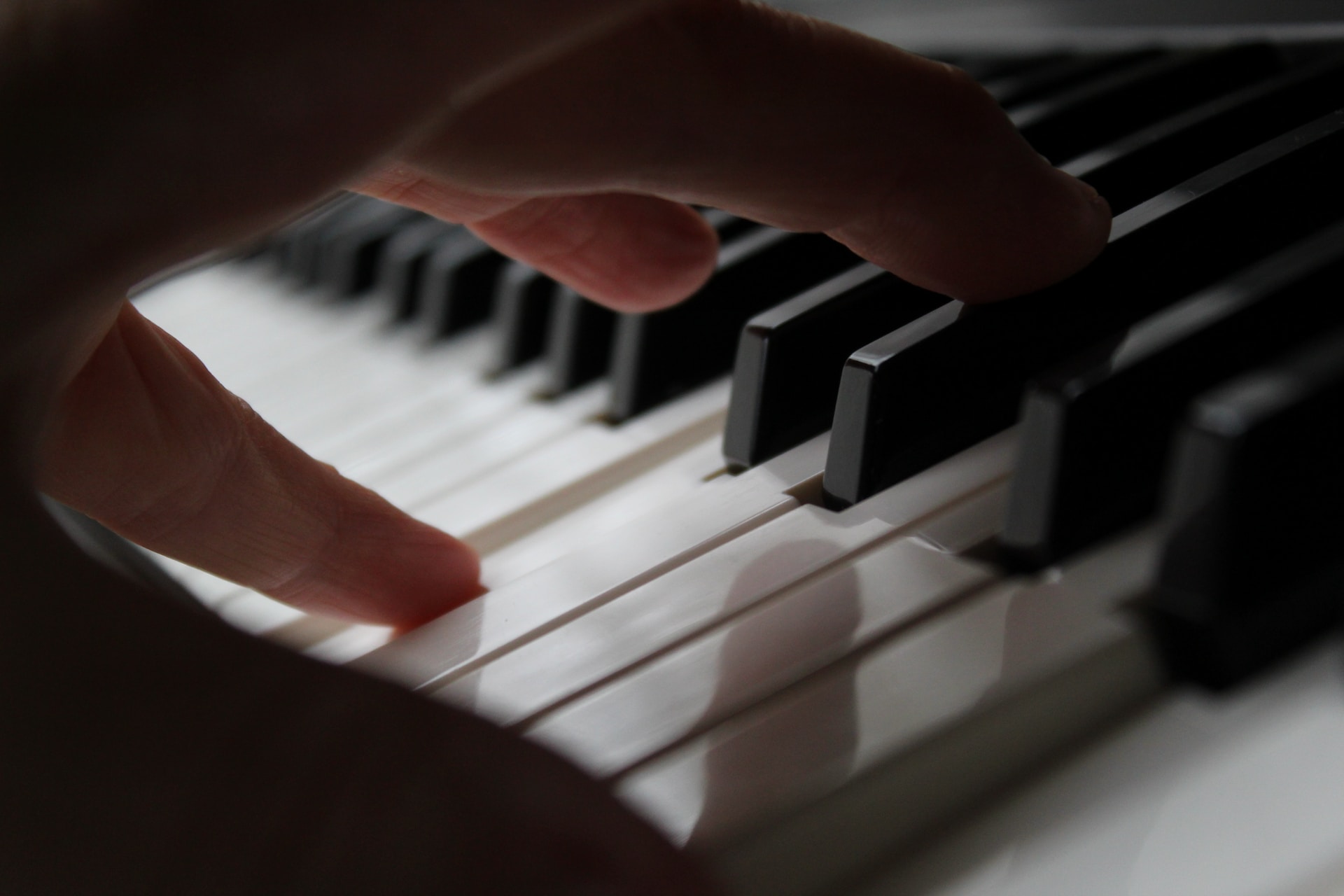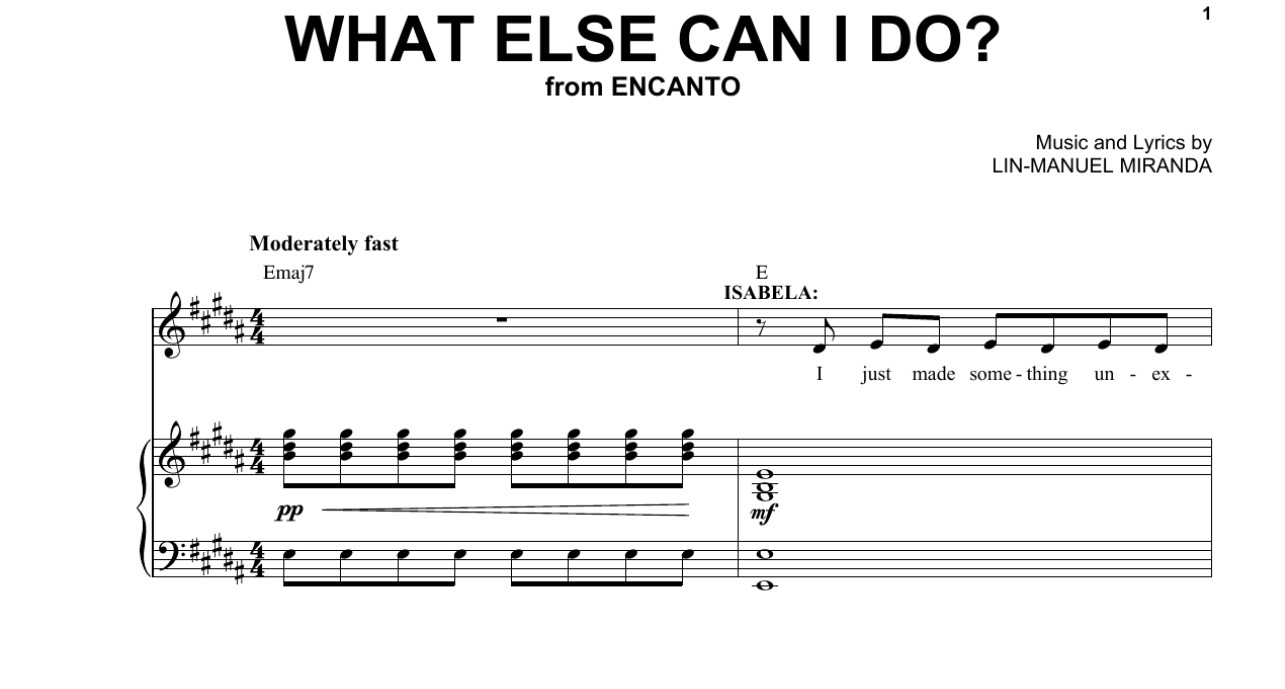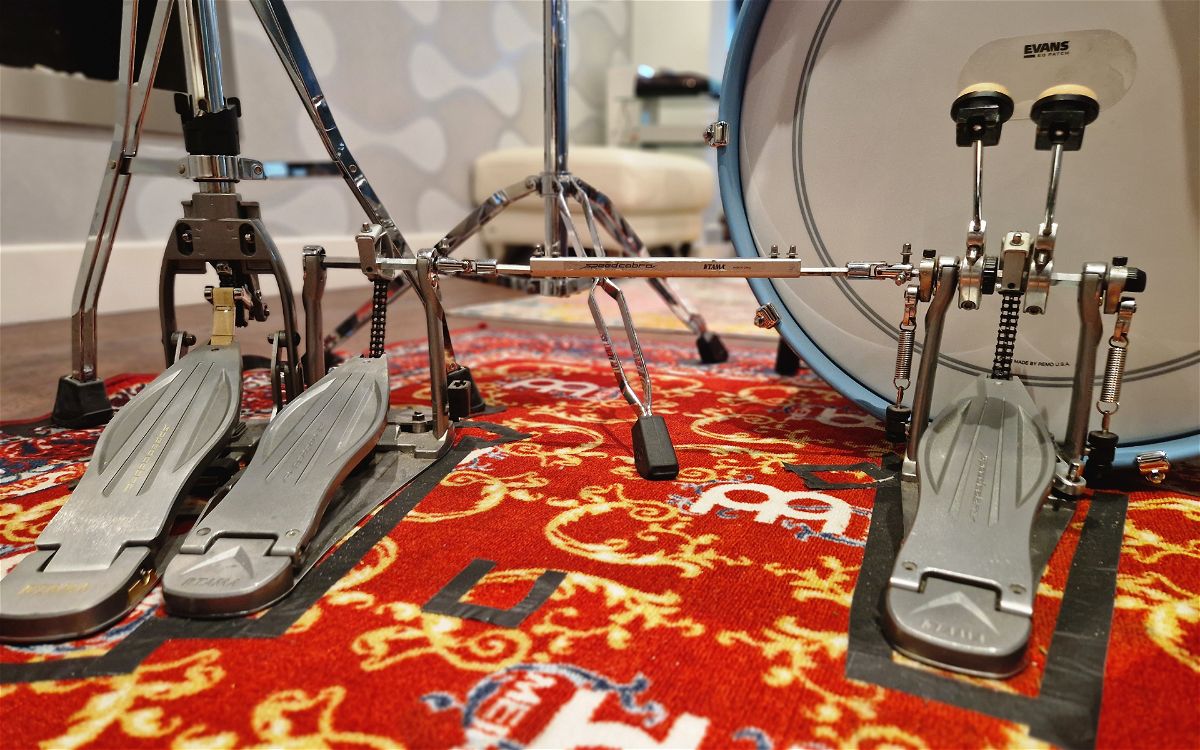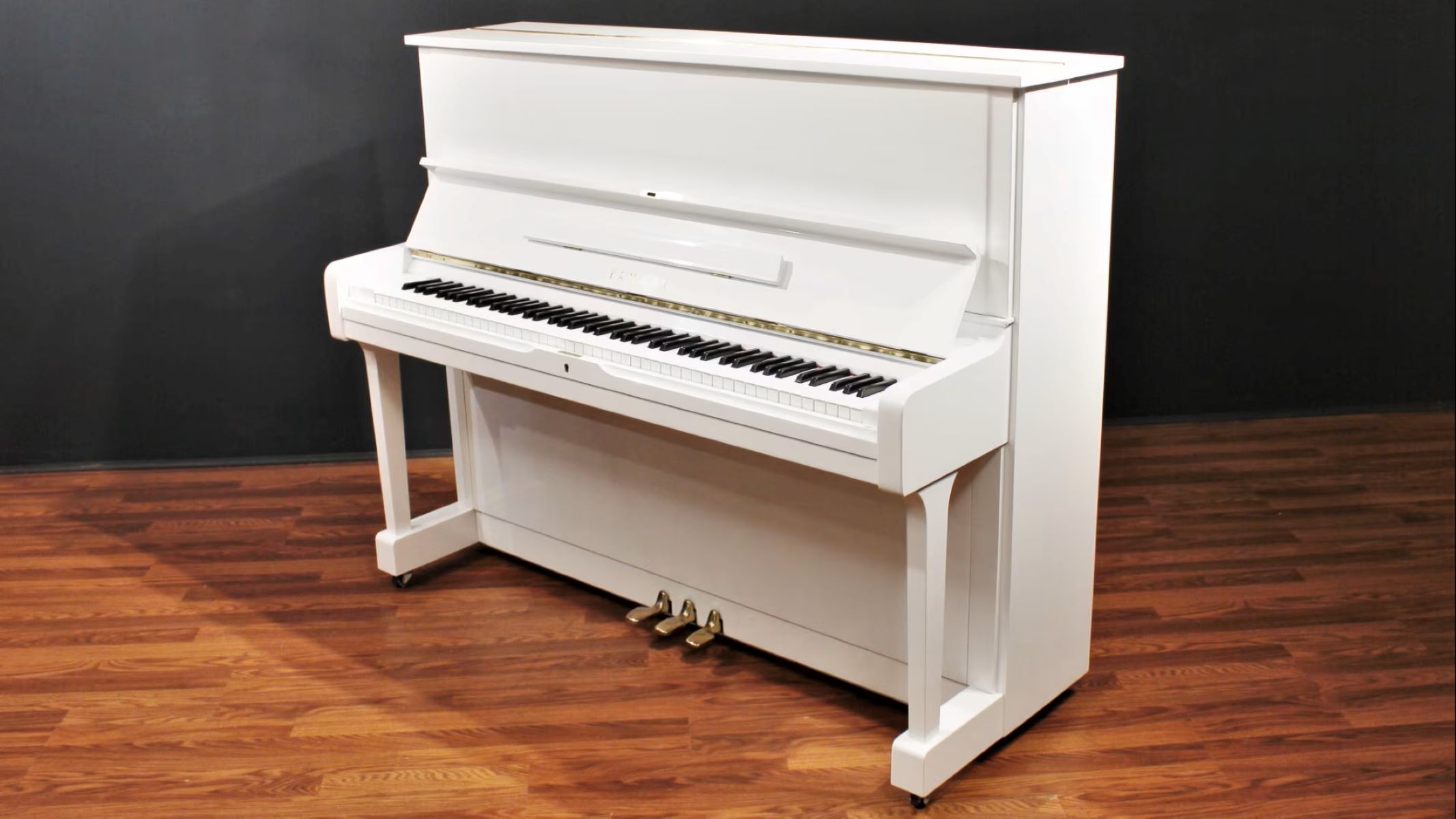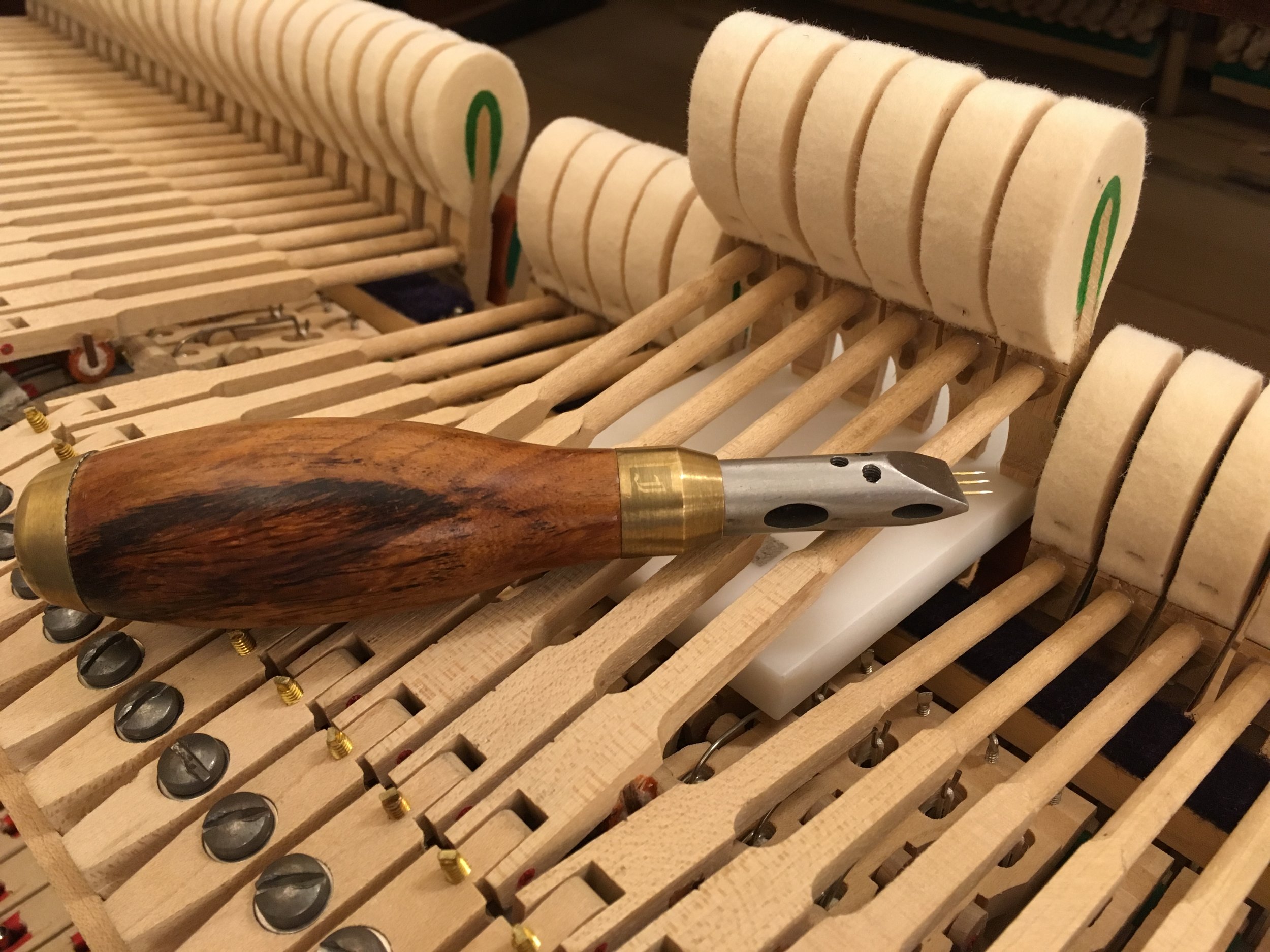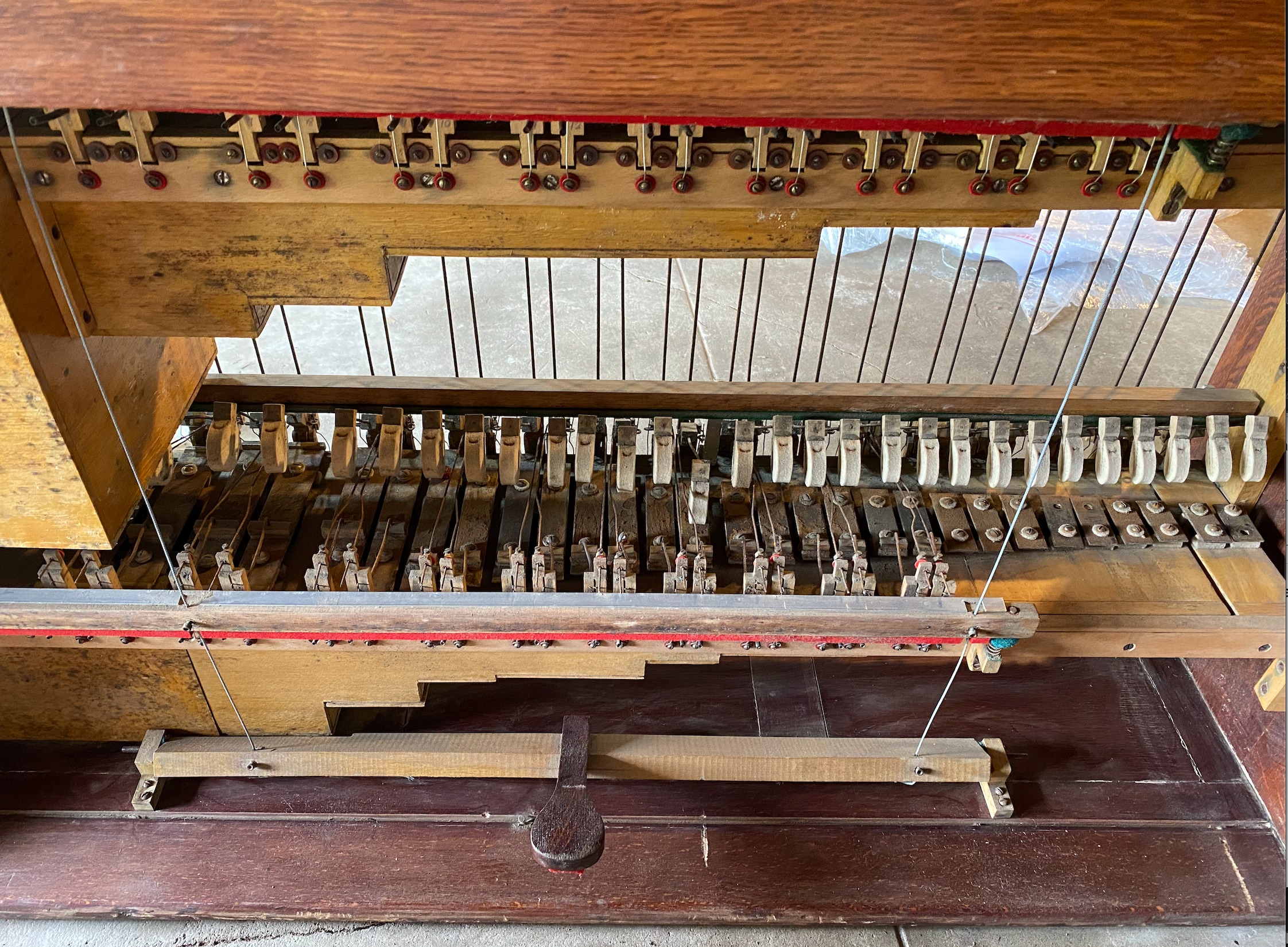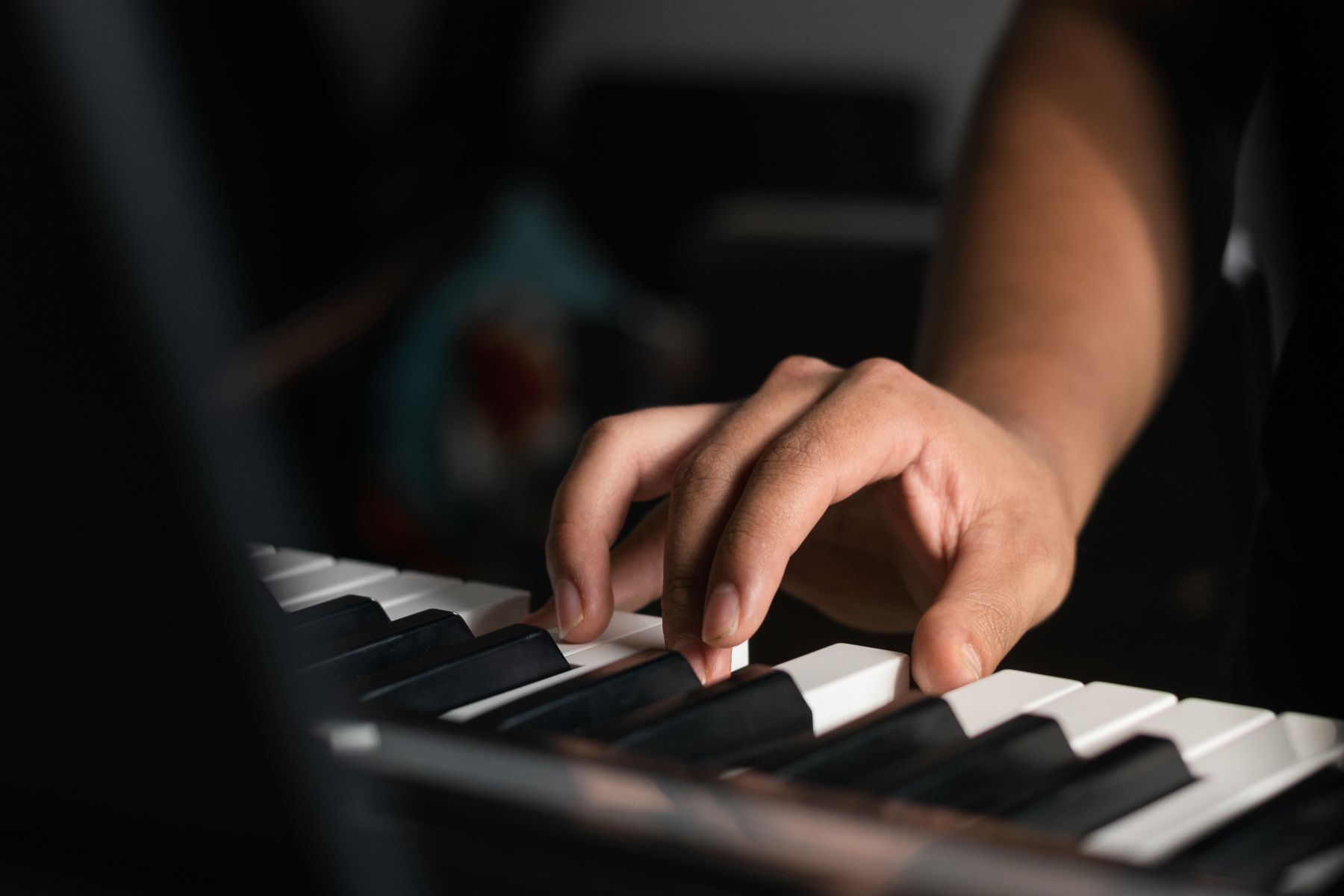Home>Instruments>Piano>What Do Pedals Do On A Piano
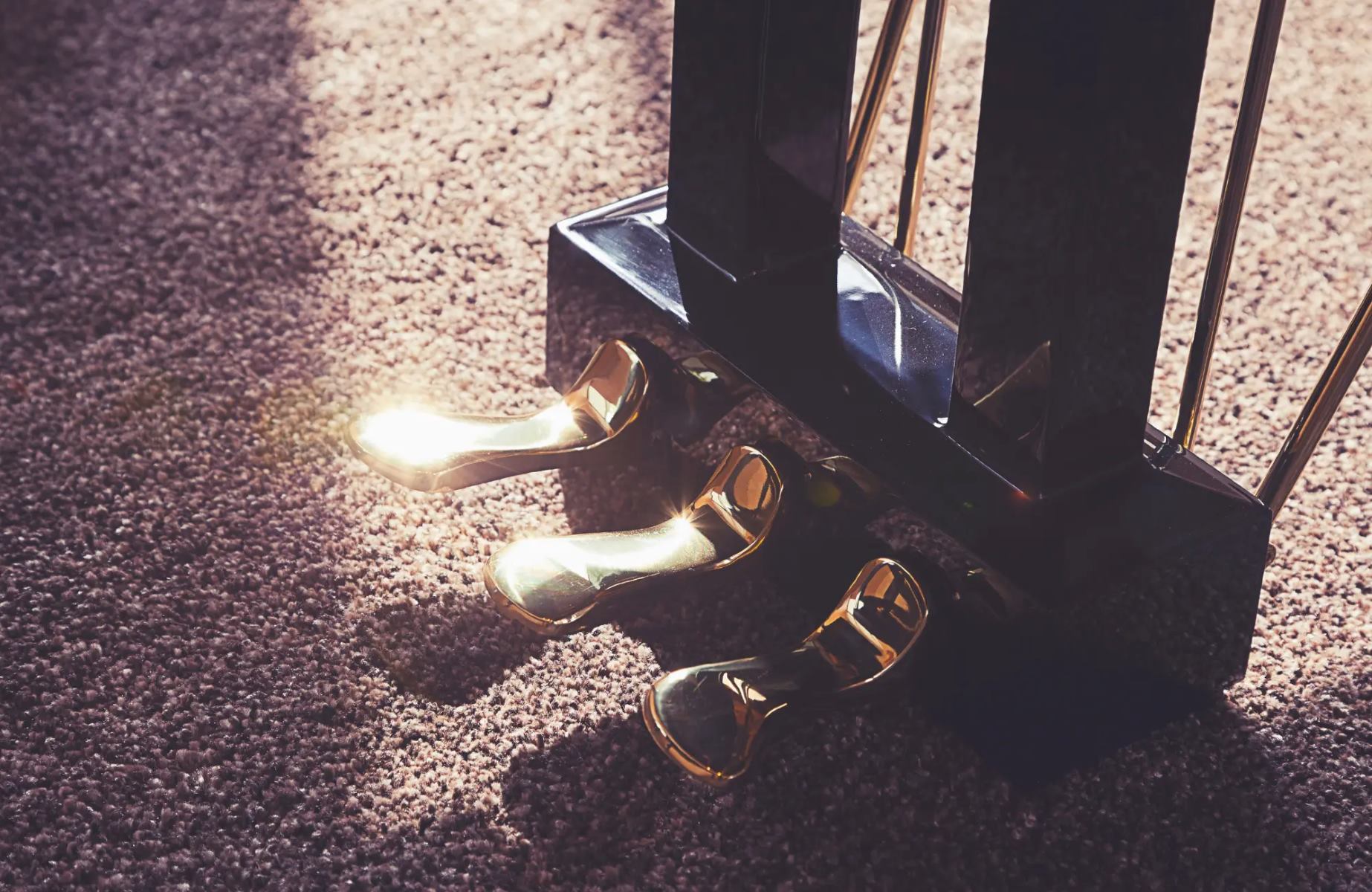

Piano
What Do Pedals Do On A Piano
Published: February 11, 2024
Discover the functions of piano pedals and how they enhance the sound and expression of your piano playing. Learn how to use piano pedals effectively.
(Many of the links in this article redirect to a specific reviewed product. Your purchase of these products through affiliate links helps to generate commission for AudioLover.com, at no extra cost. Learn more)
Table of Contents
Introduction
The piano is a timeless instrument that has captured the hearts of music enthusiasts for centuries. Its versatility and expressive capabilities make it a staple in various musical genres, from classical to contemporary. One of the unique features that contribute to the piano's rich sound and nuanced performance is its pedals. These pedals provide pianists with a means to manipulate the instrument's sound and sustain, adding depth and complexity to their musical interpretations.
In this article, we will delve into the world of piano pedals, exploring their functions and the impact they have on the instrument's sound. Whether you're a novice pianist eager to understand the mechanics of these pedals or a curious music lover seeking insight into the piano's inner workings, this exploration will shed light on the role of pedals in shaping the piano's distinctive sound.
As we embark on this journey, we'll unravel the mysteries behind the sustain pedal, the soft pedal, and the sostenuto pedal, uncovering their unique contributions to the piano's tonal palette. By the end of this article, you'll have a deeper appreciation for the artistry and craftsmanship that underpin the piano's enduring allure. So, let's step into the world of piano pedals and discover the magic they bring to this iconic instrument.
Basic Function of Piano Pedals
Piano pedals are essential components that enable pianists to manipulate the instrument’s sound and sustain, allowing for a more dynamic and expressive performance. These pedals serve as a bridge between the pianist’s intentions and the instrument’s response, offering a range of tonal possibilities that enhance the musical experience. Understanding the basic functions of piano pedals is crucial for pianists looking to harness the full potential of the instrument.
At the core of their functionality, piano pedals are designed to alter the behavior of the instrument’s strings and dampers, influencing the decay and resonance of the sound produced. By engaging different pedals, pianists can achieve varying effects, from prolonging the sustain of notes to softening the overall tone. This versatility empowers pianists to infuse their performances with emotion and depth, creating captivating musical narratives.
Moreover, the nuanced control provided by piano pedals allows for seamless transitions between passages, enabling pianists to craft a fluid and cohesive musical expression. Whether navigating delicate arpeggios or commanding fortissimo passages, the judicious use of pedals elevates the pianist’s ability to convey a wide spectrum of emotions through their playing.
As we delve deeper into the specific functions of the sustain pedal, soft pedal, and sostenuto pedal, we will unravel the intricate ways in which these mechanisms shape the piano’s sonic landscape. Each pedal offers a distinct set of capabilities, enriching the pianist’s toolkit and expanding the expressive potential of the instrument. By mastering the art of pedal technique, pianists can unlock new dimensions of musicality and bring their interpretations to life with unparalleled resonance and depth.
Sustain Pedal
The sustain pedal, also known as the damper pedal, is perhaps the most widely recognized and frequently used pedal on the piano. When depressed, the sustain pedal lifts the dampers off the strings, allowing the notes played to resonate freely. This results in a sustained and lingering quality to the sound, as the strings continue to vibrate even after the keys are released. The sustain pedal is a cornerstone of expressive piano playing, enabling pianists to create lush, seamless legato passages and evoke a sense of lingering resonance.
One of the key techniques associated with the sustain pedal is partial pedal usage, where the pedal is depressed to varying degrees to achieve subtle tonal effects. By skillfully applying partial pedal techniques, pianists can control the level of resonance and blend the harmonies in a nuanced manner, adding depth and color to their performances. Additionally, the sustain pedal facilitates the creation of rich, overlapping textures by allowing previously played notes to sustain while new ones are introduced, resulting in a captivating layering of sound.
Furthermore, the sustain pedal plays a pivotal role in shaping the emotional narrative of a musical piece. Whether conveying poignant melancholy or exuberant jubilation, the sustain pedal empowers pianists to infuse their performances with a profound sense of emotion and depth. Its ability to extend the life of individual notes and chords imbues the music with a lingering quality, enhancing its resonance and evoking a profound connection with the listener.
Mastery of the sustain pedal is a hallmark of accomplished pianism, as it requires a keen understanding of touch, timing, and musical intent. Pianists who adeptly harness the sustain pedal’s capabilities can imbue their performances with a captivating sense of continuity and lyricism, elevating their interpretations to new heights of expressiveness and artistry.
Soft Pedal
The soft pedal, also referred to as the una corda pedal, introduces a distinct tonal alteration to the piano’s sound, allowing pianists to achieve a softer and more delicate quality in their playing. Traditionally, the una corda pedal shifts the entire action of the piano to the right, causing the hammers to strike only two of the three strings in a trichord, thereby reducing the volume and altering the timbre of the notes produced. This mechanism results in a gentle, muted sound that lends itself to intimate and introspective musical expressions.
When engaged, the soft pedal offers pianists the ability to explore a spectrum of dynamics, from a subtle pianissimo to a velvety mezzo piano, enhancing the palette of tonal colors at their disposal. By delicately applying the soft pedal, pianists can imbue their performances with a sense of tenderness and vulnerability, creating evocative musical landscapes that resonate with emotional depth.
Beyond its role in dynamically shaping the piano’s sound, the soft pedal also influences the tactile response of the keys, offering a nuanced touch that enhances the pianist’s control over articulation and phrasing. This tactile refinement allows for the creation of expressive legato passages and facilitates the seamless transition between delicate pianissimo passages and more robust dynamics, enriching the overall musical narrative.
Furthermore, the soft pedal serves as a tool for crafting evocative contrasts within a musical composition, juxtaposing moments of hushed introspection with passages of heightened intensity. Its ability to evoke a sense of intimacy and introspection makes it an indispensable asset for pianists seeking to convey profound emotions through their playing, adding a layer of subtlety and depth to their interpretations.
Mastering the art of utilizing the soft pedal demands a keen sensitivity to touch and an acute awareness of tonal nuances. Pianists who skillfully integrate the soft pedal into their performances can harness its transformative power to imbue their playing with a captivating sense of intimacy and emotional resonance, elevating their interpretations to new heights of expressiveness and artistry.
Sostenuto Pedal
The sostenuto pedal is a distinctive feature found on certain pianos, offering a specialized function that enriches the instrument’s expressive capabilities. Unlike the sustain pedal, which sustains all notes played, the sostenuto pedal selectively sustains specific notes or chords that are held down at the moment the pedal is engaged. This unique functionality allows pianists to sustain chosen harmonies while leaving other notes unaffected, enabling the creation of layered textures and intricate musical expressions.
One of the notable applications of the sostenuto pedal is in the performance of complex polyphonic compositions, where the selective sustenance of specific notes or chords enhances the clarity and resonance of individual voices within the musical texture. This feature empowers pianists to articulate intricate contrapuntal passages with precision, allowing for the independent sustainment of melodic lines and harmonies, thereby enriching the depth and complexity of the musical interpretation.
Furthermore, the sostenuto pedal facilitates the exploration of extended harmonic resonance, enabling pianists to create lush and expansive tonal landscapes. By judiciously engaging the sostenuto pedal, pianists can evoke a sense of lingering resonance and sustained richness in specific harmonies, adding depth and complexity to their performances.
The sostenuto pedal also serves as a valuable tool for pianists seeking to convey a sense of continuity and cohesion within their playing. By selectively sustaining specific notes or chords, pianists can create seamless transitions between musical passages, allowing for the graceful evolution of musical motifs and themes. This capability enhances the pianist’s ability to craft a cohesive and compelling musical narrative, enriching the overall expressive potential of the performance.
Mastering the art of utilizing the sostenuto pedal requires a keen understanding of musical phrasing, harmonic structure, and the nuanced interplay of voices within a composition. Pianists who adeptly integrate the sostenuto pedal into their performances can harness its unique capabilities to imbue their playing with a captivating sense of depth, clarity, and expressive resonance, elevating their interpretations to new heights of artistry and musical sophistication.
Conclusion
In the realm of piano performance, the pedals play a pivotal role in shaping the instrument’s sonic landscape and expressive potential. From the ubiquitous sustain pedal to the nuanced capabilities of the soft pedal and the distinctive functionality of the sostenuto pedal, these mechanisms offer pianists a rich tapestry of tonal possibilities to explore and integrate into their musical interpretations.
By understanding the basic functions and nuanced techniques associated with each pedal, pianists can elevate their performances to new heights of expressiveness and artistry. The sustain pedal, with its ability to sustain and blend harmonies, serves as a cornerstone of emotive piano playing, allowing for seamless legato passages and evocative layering of sound. The soft pedal, with its capacity to imbue the music with tenderness and intimacy, offers pianists a palette of delicate dynamics and tactile refinement, enriching the expressive range of their playing. The sostenuto pedal, with its selective sustenance of specific notes and chords, empowers pianists to articulate intricate musical textures and evoke extended harmonic resonance, adding depth and complexity to their interpretations.
Ultimately, the mastery of piano pedals is a testament to the pianist’s sensitivity, artistry, and technical prowess. The judicious use of pedals allows pianists to craft compelling musical narratives, infusing their performances with emotion, depth, and a captivating sense of resonance. Whether navigating the evocative landscapes of classical compositions or exploring the boundless creativity of contemporary music, the pedals serve as indispensable tools for pianists to express their musical vision with clarity and conviction.
As pianists continue to embark on their artistic journeys, the exploration and integration of pedal techniques will undoubtedly enrich their playing, offering a gateway to a world of expressive possibilities. By embracing the nuances of pedal usage and honing their command over these mechanisms, pianists can unlock the full potential of the instrument, breathing life into their performances with a profound sense of musicality and emotional depth.
In conclusion, the piano pedals stand as a testament to the instrument’s enduring legacy and its capacity to convey the depth and breadth of human emotion through music. As pianists harness the transformative power of pedals, they embark on a journey of discovery, unlocking new dimensions of expressiveness and imbuing their performances with a timeless resonance that resonates with audiences across generations.

